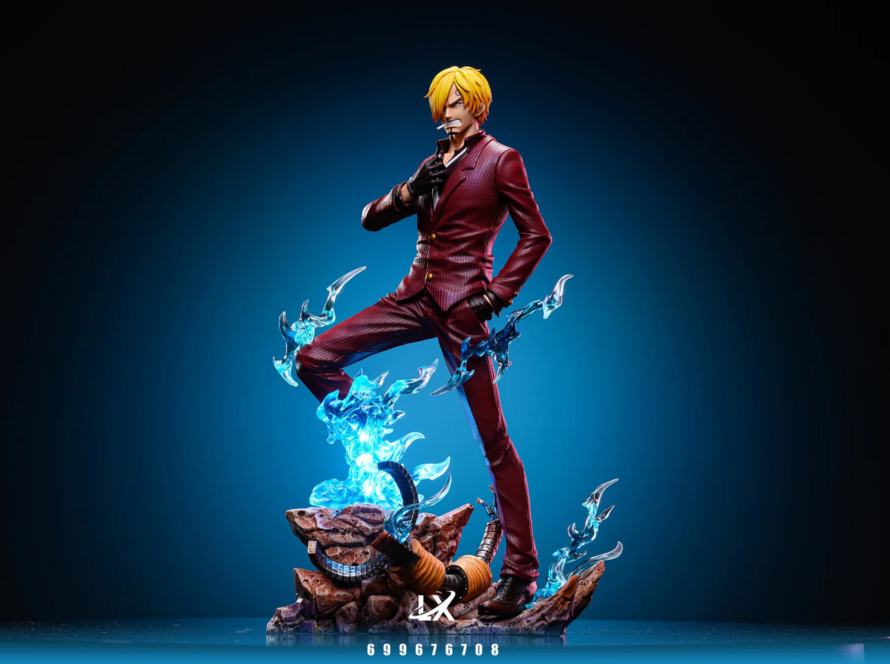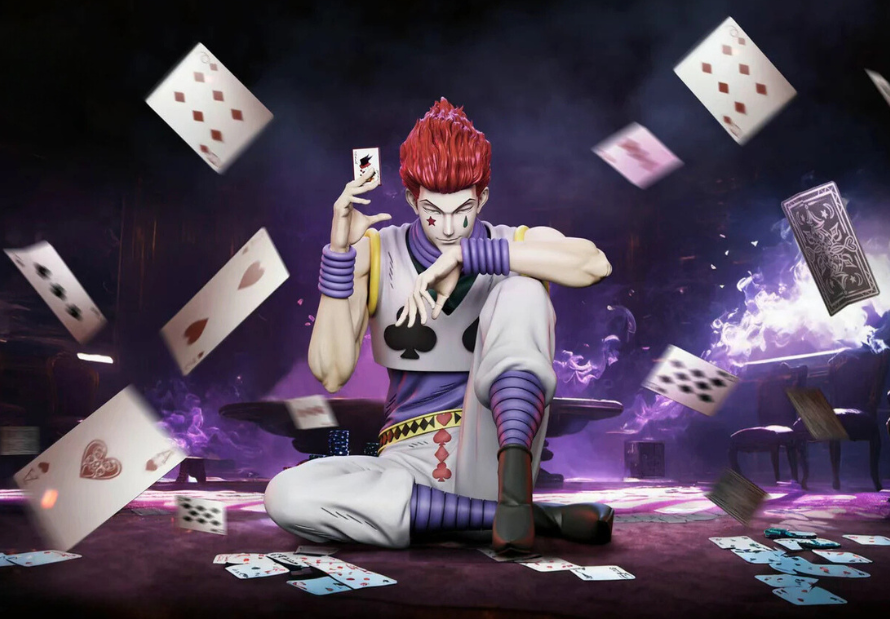Anime, the colorful and expressive art form originating in Japan, has come a long way from its humble beginnings. Once a niche hobby for a small group of fans, it has blossomed into a global cultural phenomenon, captivating audiences across continents. In this post, we’ll explore how anime evolved into the international powerhouse it is today.
Origins of Anime
The roots of anime can be traced back to the early 20th century, influenced by Japanese traditional art forms and Western animation techniques. One of the earliest works, Astro Boy (1963) by Osamu Tezuka, is often considered the pioneer of modern anime. Tezuka’s unique storytelling and artistic style laid the foundation for anime as we know it. Studio Ghibli, founded in 1985 by Hayao Miyazaki and Isao Takahata, further cemented anime’s place in global cinema with classics like My Neighbor Totoro and Spirited Away.
The Digital Age
The advent of the internet and digital streaming platforms revolutionized anime consumption. Platforms like Crunchyroll, Funimation, and Netflix introduced anime to millions of viewers outside Japan. Shows like Attack on Titan and Demon Slayer became instant global hits, breaking streaming records and bringing anime into mainstream pop culture. The digital age also allowed fans to connect, share fan art, and discuss their favorite series in online forums, creating a more inclusive and connected fandom.
The Rise of Fandoms
Conventions like Anime Expo in Los Angeles and Comiket in Tokyo became havens for anime enthusiasts. Cosplay, the art of dressing as anime characters, became a global phenomenon, with fans showcasing their creativity and dedication. Social media platforms further amplified fandoms, allowing fans to connect worldwide and share their love for anime through memes, fan art, and AMVs (Anime Music Videos).
Cultural Impact
Anime has transcended its roots to influence various aspects of global culture. Western media, from blockbuster films to TV series, often borrow themes, storytelling techniques, and art styles from anime. Fashion brands collaborate with anime franchises, while video games inspired by anime aesthetics enjoy immense popularity. Titles like The Matrix and Stranger Things pay homage to anime classics, showcasing its deep cultural impact.
Top 5 Anime That Changed the World:
- Astro Boy: The blueprint for modern anime.
- Dragon Ball Z: Introduced shonen action to a global audience.
- Sailor Moon: Empowered female-led storytelling.
- Neon Genesis Evangelion: Revolutionized psychological and philosophical narratives.
- Attack on Titan: A modern masterpiece that captivated the world.


